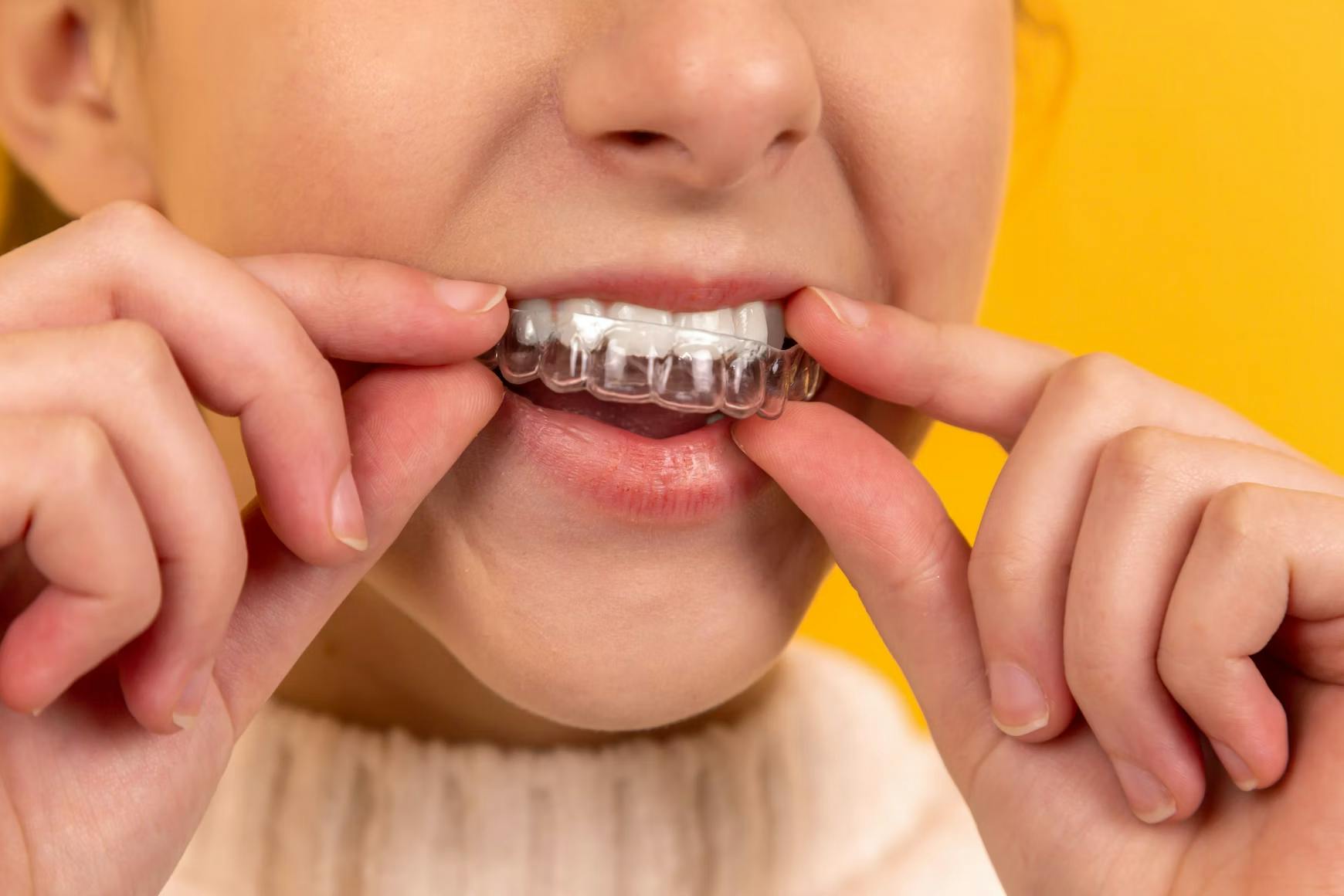This tiny wearable device can be mounted on your teeth

When you think of wearable medical devices, you probably think of your fitness tracker or a continuous glucose monitor (CGM).
The device developers of Silicon Labs have something a little different in mind.
Imagine a tiny, portable device that analyzes your saliva—from a mount on one of your teeth.
Silicon Labs’ xG27 chipset marks a new frontier in wearable devices. It can be as small as 2.3mm by 2.6mm, but its energy efficiency means wearable device developers don’t have to sacrifice battery life for size.
And its application is not just theoretical. The BG27 (one of two xG27 chips) is currently being used to develop the aforementioned product: a saliva reader that can be mounted on a tooth.
How does the device work?
This product is being developed in a partnership with Lura Health, which aims to produce a device that continually monitors a patient’s saliva, allowing dentists and other clinicians to easily test for thousands of health conditions.
Lura’s “salivary disagnostic sensor” will perform its continuous monitoring by being glued to a molar or placed inside a smart retainer. The chip then transmits its data through Bluetooth.
The chips’ energy efficiency allows them to operate on as low as 0.8 volts—and they can even switch to a “shelf mode” that reduces energy expenditure during transportation and storage. According to Silicon Labs, this functionality makes the xG27 family of chips good candidates for use in medical patches, CGMs, and wearable EKGs.
The future for tiny wearables in clinical contexts
Silicon Labs’ chips aren’t the first tiny Bluetooth chips. In fact, they’re not even the world’s smallest—though a Silicon Labs’ spokesperson interviewed by The Verge said the difference is only “fractions of a millimeter.”
What makes this a significant development in the world of tiny health tech is that Silicon Labs and Lura have successfully been moving ahead with clinical testing of their product. Lura claims they have just finished clinical trials of the salivary diagnostic sensor with UConn Orthodontics. Up next: the FDA regulatory process. If it goes according to plan, the product could hit the market in 12-18 months.
Unlike some consumer wearable devices which, in The Verge’s words, “hide behind the wellness label,” wearable devices that rest solidly in the medtech category require FDA review. With wearable technology advances like this continuing to grow, we’re interested to see how wearable technology companies choose to pursue FDA review versus going down the wellness route.
We’re excited by the potential of this technology to help clinicians obtain more actionable health data, and we’re optimistic that the pursuit of clinical applications—despite requiring a lengthy regulatory process—is worthwhile for many of these companies.